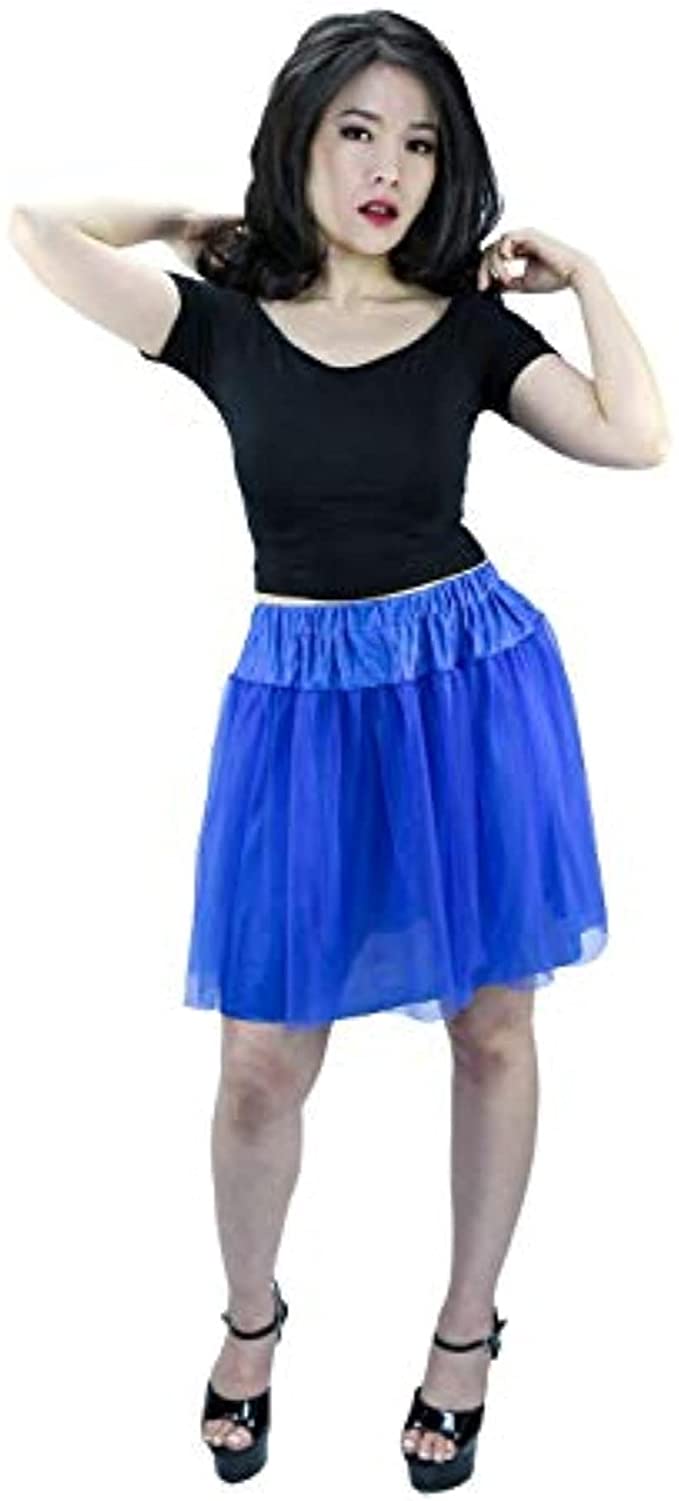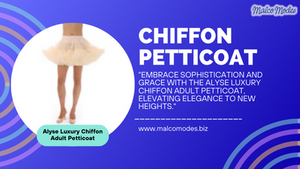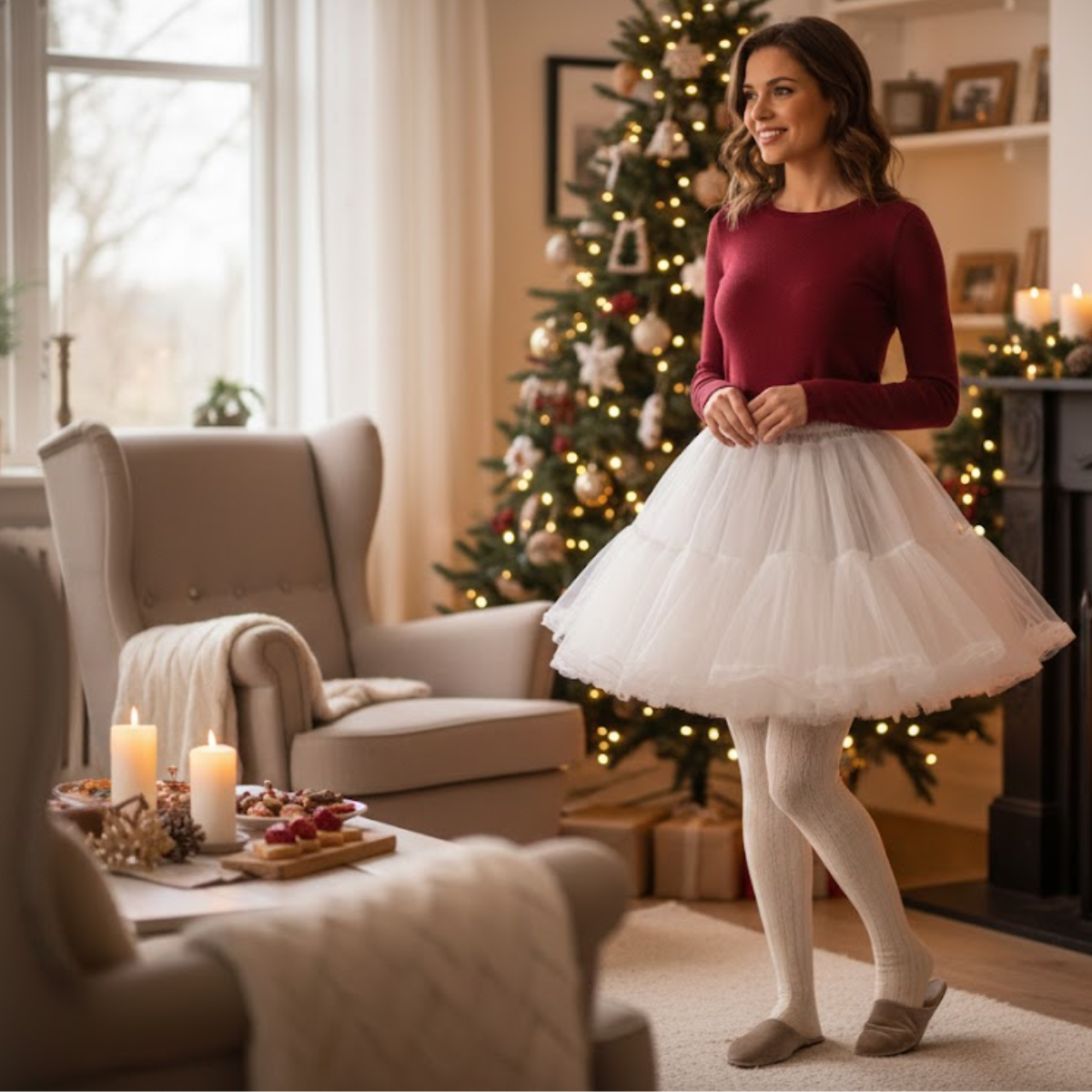In a world where fashion trends come and go, some pieces endure, transcending eras and retaining their allure. Among these timeless treasures is the humble petticoat. Often overshadowed by its more glamorous counterparts, the petticoat remains a symbol of grace, femininity, and sophistication. Join us on a nostalgic journey as we delve into the history, evolution, and enduring charm of petticoats.
1. The Origins of Petticoats: A Glimpse into the Past
Petticoats have a rich and storied history that dates back centuries. Originating in the Middle Ages, these underskirts were initially worn as a practical garment to provide warmth and modesty. Made from linen or wool, early petticoats were simple in design, serving a functional rather than fashionable purpose. However, as society evolved, so too did the role of the petticoat.
1.1 Renaissance Revival: Petticoats in the 16th and 17th Centuries
During the Renaissance period, petticoats underwent a transformation, becoming a symbol of wealth and status. Elaborately embellished with lace, embroidery, and silk, these garments were worn by noblewomen to showcase their social standing and refinement. The voluminous silhouette of the petticoat also became synonymous with femininity and grace, shaping the aesthetic ideals of the time.
2. Evolution of Style: From Crinolines to Hoopskirts
As fashion trends evolved, so too did the design of petticoats. In the 19th century, the introduction of crinolines and hoopskirts revolutionized the silhouette, giving rise to the iconic bell-shaped skirt. These structured undergarments, often made from steel or whalebone, provided support and volume, allowing skirts to achieve dramatic proportions. The petticoat became an essential component of the fashionable woman's wardrobe, contributing to the exaggerated shapes and elaborate ensembles of the Victorian era.
2.1 The Golden Age of Petticoats: Flappers and Frills in the Roaring Twenties
The 1920s brought a shift in fashion as women embraced a more liberated and modern aesthetic. Petticoats of this era were shorter and less restrictive, reflecting the newfound freedom and confidence of the "flapper" generation. Layered with frills, lace, and chiffon, these petticoats added movement and flair to the iconic flapper dress, epitomizing the spirit of the Jazz Age.
3. Contemporary Couture: Reviving the Petticoat in the Modern Age
While the heyday of petticoats may have passed, their influence continues to be felt in contemporary fashion. Designers and stylists often draw inspiration from vintage silhouettes, incorporating elements of the petticoat into modern designs. From full-bodied ball gowns to playful midi skirts, the petticoat adds dimension and character to a range of styles, lending a touch of romance and nostalgia to the runway.
3.1 Redefining Elegance: The Versatility of Petticoats in Today's Wardrobe
In today's fashion landscape, petticoats are not confined to historical reenactments or costume dramas. Instead, they have found a place in everyday wear, offering versatility and flair to contemporary outfits. Whether layered under a vintage-inspired dress or paired with a casual blouse and sneakers, the petticoat adds a touch of whimsy and femininity to any ensemble.
4.Conclusion: Celebrating the Timeless Beauty of Petticoats
In conclusion, petticoats stand as a testament to the enduring allure of vintage fashion. From their humble beginnings as practical undergarments to their modern-day revival as statement pieces, petticoats continue to captivate and inspire fashion lovers around the world. Whether embraced for their elegance, versatility, or sustainability, petticoats hold a special place in the hearts of those who appreciate the timeless beauty of bygone eras. As we look to the future, let us continue to celebrate and preserve the legacy of petticoats, ensuring that their timeless charm lives on for generations to come.












